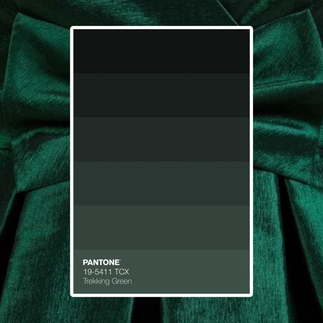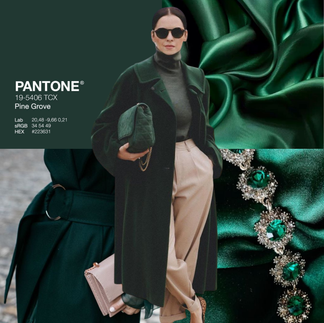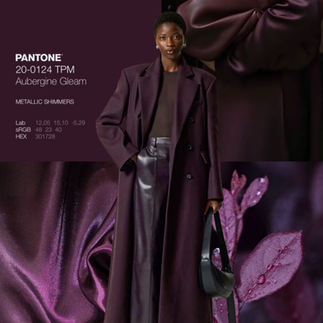Universal Colors Explained: Shades That Flatter Everyone, Every Time
- Suzaan Sylliaasen
- Sep 8
- 3 min read
When it comes to personal style, few topics spark as much curiosity as color. We’ve all experienced the magic of a shade that instantly makes us look fresher, brighter, and more confident — and the frustration of a color that seems to drain us. That’s where color analysis comes in.
But what if I told you there’s a group of shades that look beautiful on everyone? That’s right — no matter your undertone, season, or flow, there are a handful of hues that are considered “universal.”
These universal colors are your wardrobe’s best-kept secret. Think of them as the glue between your seasonal palette and your everyday outfits — timeless shades that flatter across the board.

Why Universal Colors Work
The magic lies in balance. Universal shades are neither too warm nor too cool, too bright nor too muted. They sit comfortably in the middle, harmonizing with different skin tones and features.
They’re also incredibly versatile. Universal shades can transition from casual daywear to evening elegance with ease, making them practical building blocks for your closet.
The Basic Universal Color List
While your specific palette (Summer, Autumn, Winter, or Spring) should guide most of your wardrobe, these colors are the ones you can always lean on:
Teal – A rich mix of blue and green that flatters both warm and cool undertones.
Plum/Eggplant – Deep, moody, and sophisticated — softer than black but equally grounding.
Emerald – A jewel tone that radiates sophistication; deep enough for Winters yet vibrant enough to complement Summers and Autumns.
Soft White / Off-White – Easier on the skin than stark white, with a natural elegance.
True Red – Neither orange-based nor blue-based, this “perfect red” works across the spectrum.
Blush Pink – Gentle and radiant, it brings a subtle glow to every complexion.
Navy – A classic neutral that’s more forgiving than black and endlessly chic.
Taupe – Earthy yet refined, this shade anchors outfits without overwhelming.
Universal Color Examples
How to Use Universal Colors in Your Wardrobe
Start with the Basics: Use navy, taupe, or soft white as the foundation for jackets, trousers, or blouses. These shades will mix effortlessly with your seasonal colors.
Add a pop: True red lip, teal blouse, or turquoise accessory, instantly adds vibrancy while remaining universally flattering.
Blend with Your Palette: Think of universal shades as connectors. If you’re a Summer with soft cool tones, a teal top can bridge beautifully with your dusty blues. If you’re an Autumn, taupe or eggplant will anchor your rich browns and olives.
Why Universal Doesn’t Mean “One-Size-Fits-All”
While these shades work for everyone, they won’t always be your best colors. For example, a Soft Autumn might find teal striking but should still pair it with her softer, muted shades to stay harmonious. A True Summer might lean toward blush pink, but balance it with her cool, powdery tones.
The key is to treat universal colors as flexible friends — not replacements for your unique palette, but powerful additions that make styling simpler.
Final Thoughts
Fashion should never feel restrictive. Universal colors are proof that while seasonal palettes matter, there’s also room for play. They’re the bridge between individuality and versatility — shades you can always rely on to bring harmony to your wardrobe.
So, next time you’re choosing an outfit and want a guaranteed win, reach for teal, plum, or that perfect shade of red. They’re the timeless classics that truly never fail.
✨ Pro tip: If you’re still discovering your personal palette, starting with universal shades is a safe and stylish way to build confidence in your wardrobe.
Your Free Universal Palette
Want a handy guide you can keep on your phone or in your closet?👉 Download the free Universal Color Palette here and save it as your go-to reference whenever you’re shopping or styling an outfit.


















